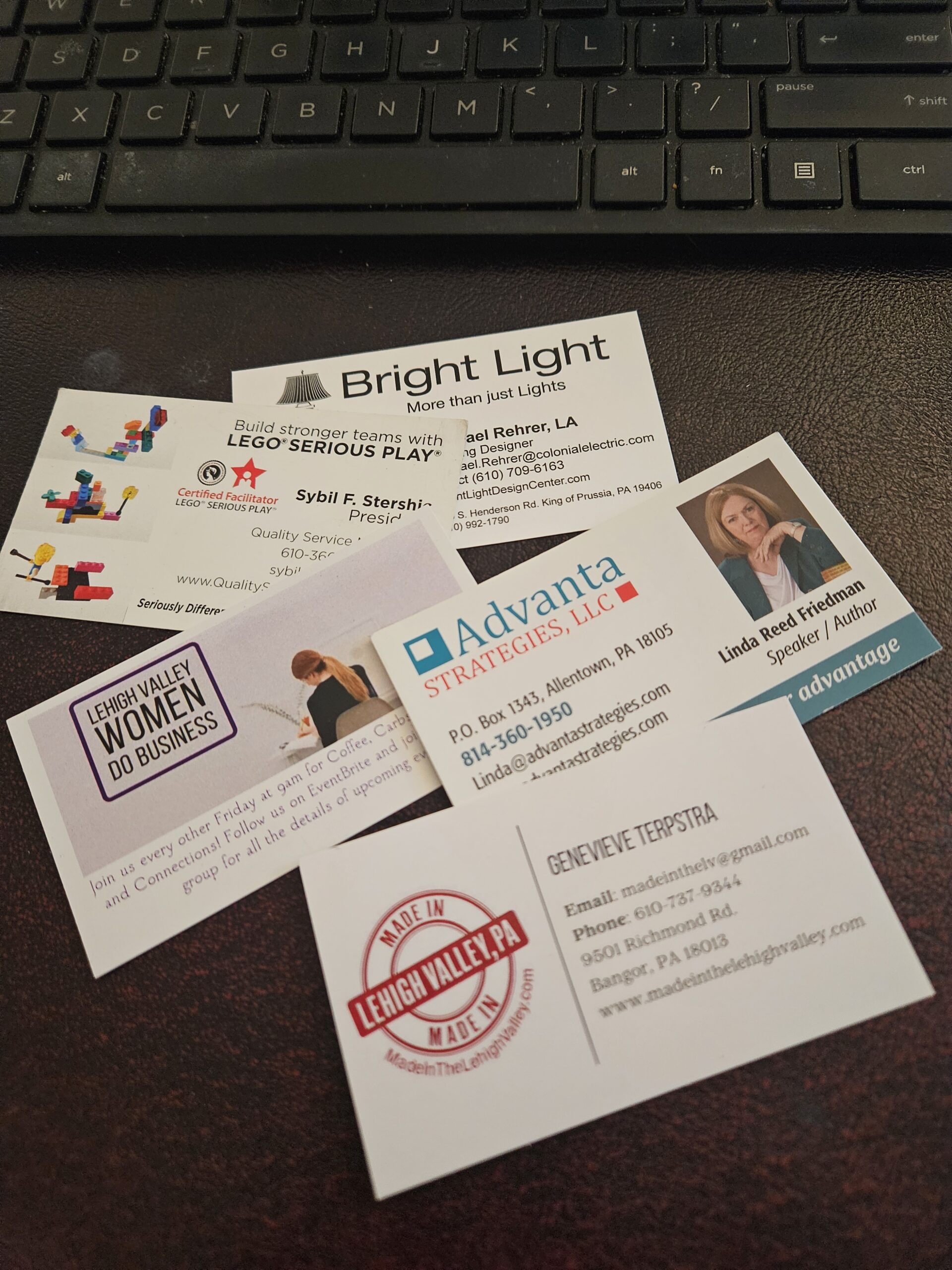“The Conversation
That Changed Everything”
It started in line for coffee.
Not at a conference, not at a networking event — just the usual morning scramble at the corner café.
Mara, a junior designer still finding her voice in the firm, noticed the man ahead of her studying paint samples. “Those look suspiciously like Sherwin-Williams fan decks,” she joked. He smiled. “Caught me. I’m a facilities manager — we’re repainting two office towers downtown.”
Ten minutes later, their cappuccinos were getting cold as they swapped notes about color psychology, lighting, and how hard it is to find decent painters who clean up after themselves. A week later, she sent him a quick thank-you note — just friendly, no agenda.
Three months after that, his company hired her firm for a complete redesign of both lobbies.
That’s how small talk works when you stay open to possibility.
We tend to dismiss casual chatter as filler, the stuff between “real” conversations. But in truth, small talk is how trust begins. It’s the handshake before the contract, the smile before the meeting, the shared laugh that reminds people you’re human — not just another LinkedIn headshot.
The most lasting impressions rarely start with rehearsed elevator pitches. They start with simple moments of connection: commenting on someone’s book choice, complimenting their shoes, or asking how they like the conference coffee (hint: no one ever does).
Opportunity hides in the ordinary — in every hallway hello, elevator ride, or pre-meeting chat. You never know which one might become a turning point, a friendship, or a future collaboration.
So the next time you’re tempted to scroll instead of speak, remember: rapport starts small.
Because small talk isn’t small at all. It’s where big things begin
How Humor Can Lighten the Room
A smile can make your design pitch twice as memorable. Humor, when done right, isn’t about being a comedian it’s about being human. A little laughter reminds everyone that design is supposed to bring joy, not stress. So the next time you walk into a presentation, bring your sense of humor along with your fabric swatches. You’ll leave behind not only a beautiful concept but also a positive impression.
Creating Connection: The overlooked power of eye contact
Eye contact is the designer’s secret to presence. It’s what transforms a presentation from mechanical to magnetic. Slides may show your ideas, but your eyes show your confidence and that’s what clients and audiences remember most.
Why Every Designer Should Practice Their Speech
In design, presentation is persuasion. When you practice speaking as much as sketching, you build trust, authority, and excitement around your ideas. A polished pitch can make the difference between a “maybe” and a “let’s do it.” Remember your voice is part of your professional toolkit. Use it well, and let it sell your vision as powerfully as your designs do.
NETWORKING …. WHAT HAPPENS AFTER
Networking is more about follow-up than first impressions.
Sound as Good as You Look
Trade shows can showcase your talent and brand but shouldn’t cost you your voice.
The Designer’s Elevator Pitch:
If you can’t explain your vision in a minute, you’ll lose the moment. In the world of design, opportunities often appear unexpectedly,a quick chat at a showroom, a brief meeting at a networking event, or a chance encounter with a potential...








This was so refreshing to read. Casual, authentic conversations can plant a seed for the future. I love it.
This was a great story and an important reminder how simple connection without an agenda can have big impact.